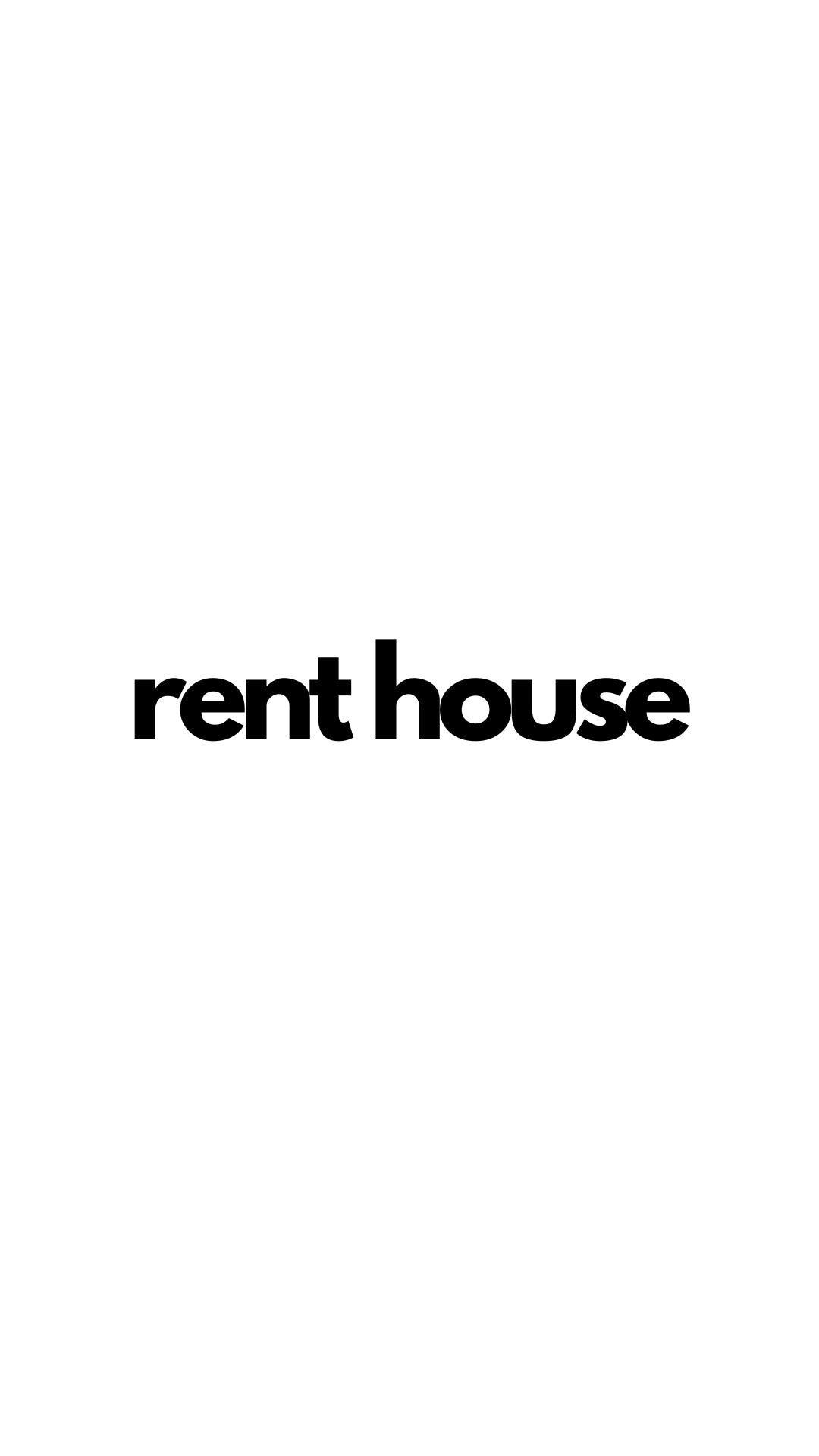“`html
Navigating the Rental Market: A Comprehensive Guide
Navigating the Rental Market: A Comprehensive Guide
Renting a home can be an exciting yet daunting experience. Whether you’re a first-time renter or a seasoned pro, understanding the ins and outs of the rental market is crucial for finding the perfect place to call home. This guide will walk you through the essential steps, from defining your needs to signing the lease and beyond. With careful planning and research, you can secure a rental property that meets your lifestyle and budget.
1. Defining Your Needs and Budget
Before diving into the rental market, take some time to clarify your needs and budget. Consider the following factors:
Location, Location, Location

Where do you want to live? Think about proximity to work, schools, amenities, and transportation. Research different neighborhoods and consider factors like safety, noise levels, and community vibe. Use online resources and local guides to get a feel for different areas.
Size and Type of Property
How much space do you need? Consider your lifestyle and future plans. Are you looking for a studio apartment, a multi-bedroom house, or something in between? Think about features like parking, laundry, and outdoor space. Determine the type of property that best suits your needs.
Budget

How much can you afford to spend on rent? A general rule of thumb is to allocate no more than 30% of your gross monthly income to housing costs. Factor in additional expenses like utilities, internet, and renter’s insurance. Be realistic about your budget to avoid financial strain.
Must-Have Amenities
What amenities are essential to you? Consider features like air conditioning, pet-friendliness, a gym, or a pool. Prioritize your needs and wants to narrow down your search. Make a list of your non-negotiables to streamline your search.
2. Starting Your Search

Once you have a clear idea of your needs and budget, it’s time to start your search. Utilize various resources to find potential rental properties:
Online Rental Platforms
Websites like Zillow, Apartments.com, and Rent.com offer extensive listings with photos, descriptions, and virtual tours. Use filters to refine your search based on your criteria. Set up alerts to receive notifications when new listings become available.
Local Real Estate Agents
Real estate agents specializing in rentals can provide valuable insights and access to exclusive listings. They can also help you navigate the application process and negotiate lease terms. Consider working with a local agent for personalized assistance.
Networking and Word-of-Mouth
Let your friends, family, and colleagues know you’re looking for a rental. They might have leads or know someone who is moving. Leverage your network to uncover potential opportunities. Join local community groups online.
Drive-Arounds and Signage
Sometimes, the best rental properties aren’t listed online. Drive around your desired neighborhoods and look for “For Rent” signs. This can uncover hidden gems and give you a feel for the area.
3. Viewing Properties and Asking the Right Questions
When you find a property that interests you, schedule a viewing to assess it in person. During the viewing, pay attention to the following:
Property Condition
Check for any signs of damage, leaks, or mold. Test appliances and fixtures to ensure they are in working order. Document any existing issues with photos or videos. Ask about the property’s maintenance history.
Neighborhood and Surroundings
Observe the neighborhood and surrounding areas. Consider factors like noise levels, traffic, and safety. Visit the property at different times of day to get a comprehensive view. Talk to neighbors if possible.
Landlord or Property Manager
Ask about the landlord or property manager’s responsiveness and maintenance policies. A good landlord is essential for a positive rental experience. Inquire about their communication style and availability.
Key Questions to Ask
Here are some crucial questions to ask during the viewing:
What are the lease terms and conditions?
What utilities are included in the rent?
What is the pet policy?
What is the security deposit amount and return policy?
What is the process for requesting repairs?
Is there parking available, and is there an additional fee?
What are the move-in and move-out procedures?
4. Applying and Securing the Rental
Once you’ve found the perfect rental, it’s time to apply. Be prepared to provide the following:
Rental Application
Complete the rental application accurately and thoroughly. Provide all requested information, including your contact details, employment history, and rental history. Double-check for errors before submitting.
Credit Check and Background Check
Landlords typically conduct credit and background checks to assess your financial stability and rental history. Be prepared to pay a fee for these checks. Address any potential concerns proactively.
Proof of Income
Provide proof of income, such as pay stubs or tax returns, to demonstrate your ability to pay rent. Landlords often require proof of income that is at least three times the monthly rent.
References
Provide references from previous landlords or employers to vouch for your reliability. Choose references who can speak to your character and rental history.
Security Deposit
Be prepared to pay a security deposit, which is typically equivalent to one or two months’ rent. Understand the terms of the deposit return policy.
5. Signing the Lease and Moving In
After your application is approved, you’ll need to sign a lease agreement. Carefully review the lease terms and conditions before signing:
Lease Agreement
Read the lease agreement thoroughly and ensure you understand all the terms and conditions. Pay attention to clauses related to rent payments, maintenance responsibilities, and termination policies. Seek legal advice if needed.
Move-In Inspection
Conduct a thorough move-in inspection with the landlord or property manager. Document any existing damage or issues with photos or videos. This will protect you from being held responsible for pre-existing problems.
Utilities and Services
Set up utilities like electricity, gas, water, and internet before moving in. Contact the respective utility companies to establish accounts. Ensure all services are active on your move-in date.
Renter’s Insurance
Consider purchasing renter’s insurance to protect your belongings in case of theft, damage, or other unforeseen events. Renter’s insurance is often required by landlords.
Change of Address
Update your address with the post office, banks, and other relevant institutions. This will ensure you receive important mail and correspondence.
6. During Your Tenancy
Maintaining a positive relationship with your landlord and fulfilling your responsibilities as a tenant is essential for a smooth rental experience:
Rent Payments
Pay rent on time and in accordance with the lease agreement. Set up automatic payments or reminders to avoid late fees. Keep records of all rent payments.
Maintenance and Repairs
Report any maintenance issues promptly to your landlord or property manager. Follow the proper procedures for requesting repairs. Document all communication related to maintenance.
Respectful Communication
Maintain respectful and open communication with your landlord or property manager. Address any concerns or issues promptly and professionally.
Following Lease Terms
Adhere to the terms of your lease agreement, including rules regarding pets, noise levels, and property alterations. Avoid any activities that could violate the lease.
7. Moving Out
When it’s time to move out, follow the proper procedures to ensure a smooth transition:
Notice of Intent to Vacate
Provide written notice of your intent to vacate within the timeframe specified in your lease agreement. This is typically 30 to 60 days before your move-out date.
Cleaning and Repairs
Clean the property thoroughly and repair any damage you caused during your tenancy. This will help ensure you receive your full security deposit back.
Move-Out Inspection
Conduct a final move-out inspection with the landlord or property manager. Document the condition of the property with photos or videos. Compare this to the move-in inspection.
Security Deposit Return
Ensure you understand the process for returning your security deposit. Provide your forwarding address and contact information. Follow up if you don’t receive your deposit within the specified timeframe.
Conclusion
Navigating the rental market can be challenging, but with careful planning and research, you can find the perfect rental property to call home. By defining your needs, conducting thorough searches, and understanding your rights and responsibilities, you can ensure a positive rental experience. Remember to communicate effectively with your landlord and maintain the property to avoid any issues. Good luck with your rental search!
“`
renthouse
